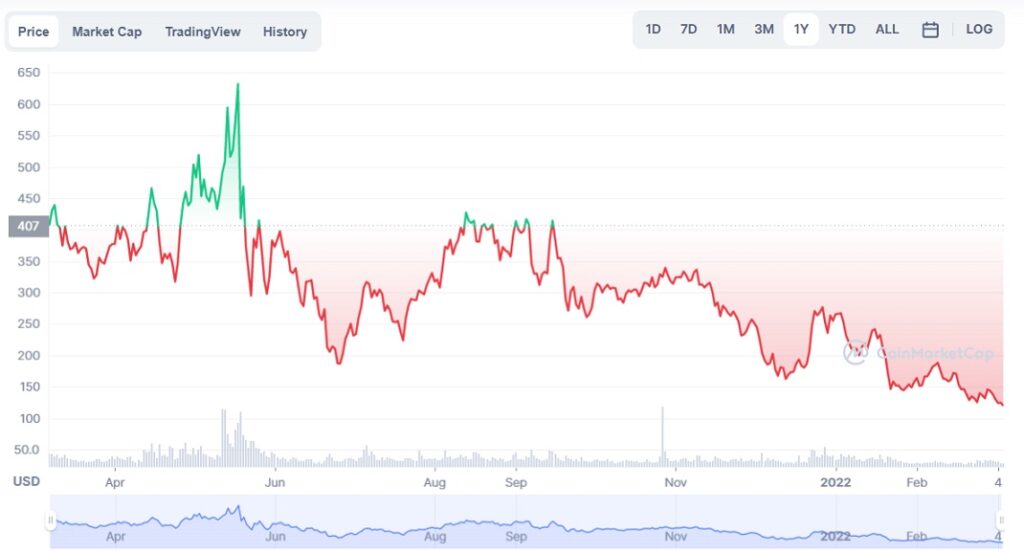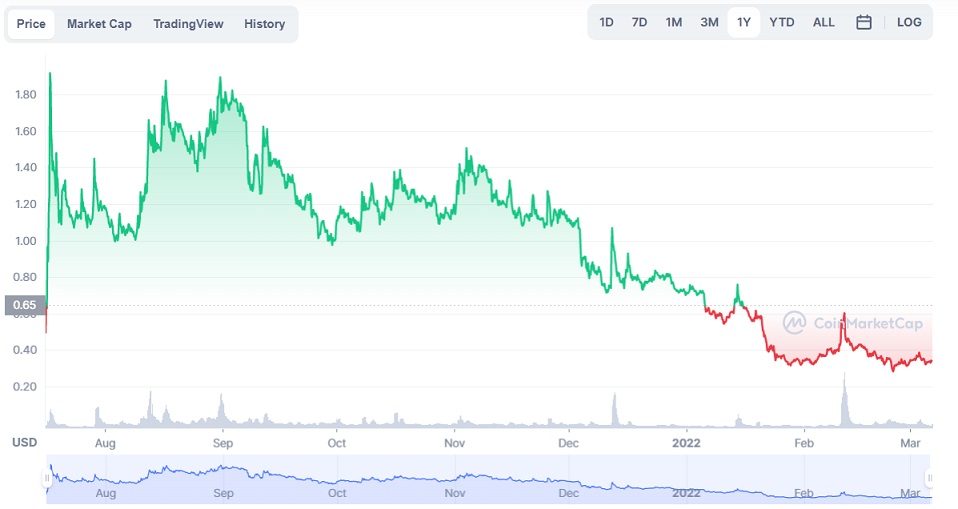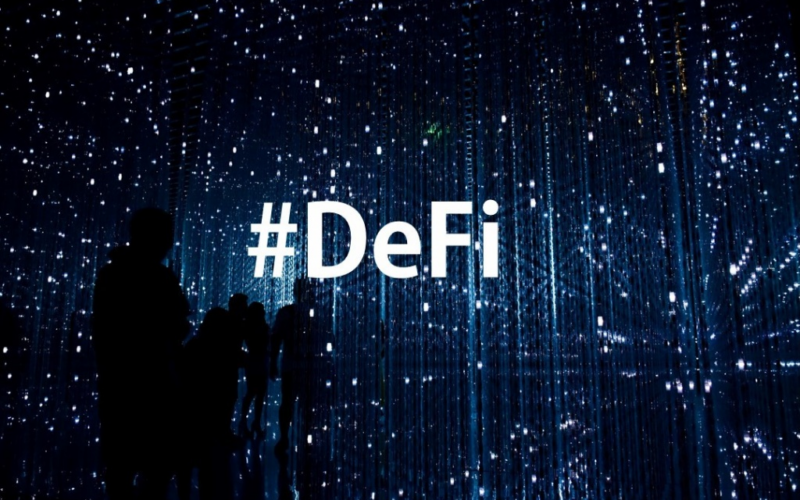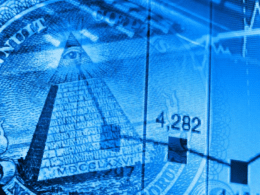For the entire crypto sector, including Web3, non-fungible tokens, and more, 2021 marked a watershed. However, decentralized finance — an umbrella term for financial services on public blockchains that removes banks and organizations’ jurisdiction over money and financial commodities — had a tremendous year. DeFi is founded on blockchain technology, permitting instantaneous money transactions between digital wallets.
This article will walk you through everything you should know about DeFi and tell you the top three coins you should invest in 2022.
Why is it worth investing in DeFi crypto?
In 2022, is DeFi still a solid investment? We know this to be true since it’s still going strong, and new protocols are popping up left and right. You must, however, handle the dangers. Cautious optimism and an enthusiastic skepticism are both appropriate approaches to DeFi investing.
How does it work?
“Decentralized finance” refers to a more significant cryptocurrency industry subset. Blockchain-based financial products, such as software and “protocols,” are called DeFi. They are governed by smart contracts and are based on the blockchain.
Smart contracts are self-executing digital code contracts that embody the terms of a contract. Their capacity permits anonymous parties to execute trackable but irreversible transactions. Decentralized and non-custodial DeFi applications promise to revolutionize the banking industry as we know it.
Smart contracts become community-controlled assets when developers transfer ownership of them to the app’s or protocol’s users. For example, when you use a traditional bank or even a cryptocurrency lending program, your assets are held in escrow until you are ready to make a transaction. DeFi, on the other hand, does not do this.
How to start?
Buying DeFi coins currently depends on the exchange where the platform is listed if you’re interested. Following that, you’ll need to invest in currencies compatible with the DeFi protocol. For example, most protocols are presently based on Ethereum; hence you’ll most likely purchase Ether coins or ERC-20 tokens.
Terra (LUNA)

52-week range: $3.94-$103.33
1-year price change: The Luna coin found local lows around 44.00 and is making efforts to break above 100.00. The asset is only 20% below the all-time highs.
Forecast 2022: We expect to see the asset hit the highs between $131.14-$144.66 in 2022. The upside potential is quite high as the coin is a staking asset used as a collateral mechanism.
Terra’s price soared by nearly 13,000 percent in 2021; it has subsequently declined in 2022, as is the situation with many other cryptos. The “next generation of money” moniker refers to the algorithmic stablecoins used in the DeFi ecosystem. A whole digital financial system will be built on stablecoins. For example, thousands of retailers in Korea use Terra’s Chai payment system, and its Anchor savings scheme is gaining steam.
A stablecoin’s value is tied to a fiat currency, such as the US dollar, or a non-crypto commodity, such as gold. And, unlike a fiat-backed stablecoin, which is backed 1:1 by a conventional currency, an algorithmic stablecoin maintains its peg by issuing or acquiring coins through a smart contract. Terra does this by raising or lowering the supply of the LUNA token.
Aave (AAVE)

52-week range: $113.00-$666.86
1-year price change: The AAVE coin found a local top at 460.00 on Nov 22. On Mar 22, the coin oscillates around 100.00 area.
Forecast 2022: We expect the coin to hit a high range of $128.54-$189.12 in 2022. The prices have fallen greatly, and current prices are too attractive for investors.
Aave is well-known in the DeFi community. It’s a decentralized lending platform where anybody can utilize their crypto assets to borrow, lend, and earn interest. Users may deposit Bitcoin on which they intend to make interest into a lending pool. Borrowers may then take out loans from the collections, with interest on those who placed their assets first. Because there is no intermediary involved, you get a higher loan interest percentage than you would with a traditional bank.
There’s always the risk that newer DeFi cryptos may defeat older ones. DeFi Llama’s list of lenders still has Aave at the top in terms of total value frozen. It upgraded to Aave v2 at the end of 2020 and now operates on the Ethereum, Avalanche, and Polygon networks, avoiding the need for users to pay Ethereum’s excessive gas prices.
Clover Finance (CLV)

52-week range: $0.27-$2.16
1-year price change: The CLV token found a high on its launch. Since then, the asset has been downtrend and marked the all-time lows around 0.27 on Feb 22.
Forecast 2022: We expect the price of CLV to hit $0.44-$0.52 in 2022. The asset has a robust utility as a DeFi payment gateway. Moreover, it is a cross-chain inter-operatable asset that provides an ease to non-crypto users.
All of the cryptocurrencies on this list are well-known and have market capitalizations that rank in the top one hundred. Due to their widespread availability and reduced risk profile compared to more minor currencies, these coins may be found on many prominent cryptocurrency exchanges. On the other hand, Clover Finance is one to keep an eye on if you’re searching for a smaller cryptocurrency with potential.
Clover is all about interoperability or working across various crypto platforms. More and more Ethereum alternatives need to engage with one another as their popularity grows. Clover’s blockchain can run applications and assets from Ethereum, Solana, and Binance Smart Chain.
It also aims to solve accessibility, which is a crucial DeFi concern. Many of the DeFi products on the market are challenging for inexperienced investors to grasp, transaction fees may be exorbitant, and the dangers are tough to gauge. Clover hopes that the next generation of decentralized banking applications will be more user-friendly; therefore, this is a primary priority for the company’s engineers.
Upsides and downsides
Now, let us take a look at the upsides and downsides of DeFi.
| Upsides | Downsides |
| Between transactions, there is no intermediary. | Because there is no central authority to keep an eye on things, you run the danger of losing all your own if you lose your password. |
| It may be simpler to secure loans and insurance without a credit score. | There are no protections in place to protect the interests of consumers. |
| The possibility exists that interest rates will rise. | High risk and volatility. |
Final thoughts
Ethereum is an advancement of Bitcoin technology and concept. Because it’s not owned or managed by a single entity, Ethereum is a global, decentralized technical network that allows smart contract protocols and applications. Like Bitcoin, Ether, Ethereum’s native cryptocurrency, may be purchased on a crypto market or mined. For most DeFi protocols and apps, Ethereum has become the standard development platform of choice.
Investors should do their research and only invest the money they can afford to lose since DeFi is currently unregulated and not covered by the FDIC in the same way that regular banks are. We hope you found this article helpful.




